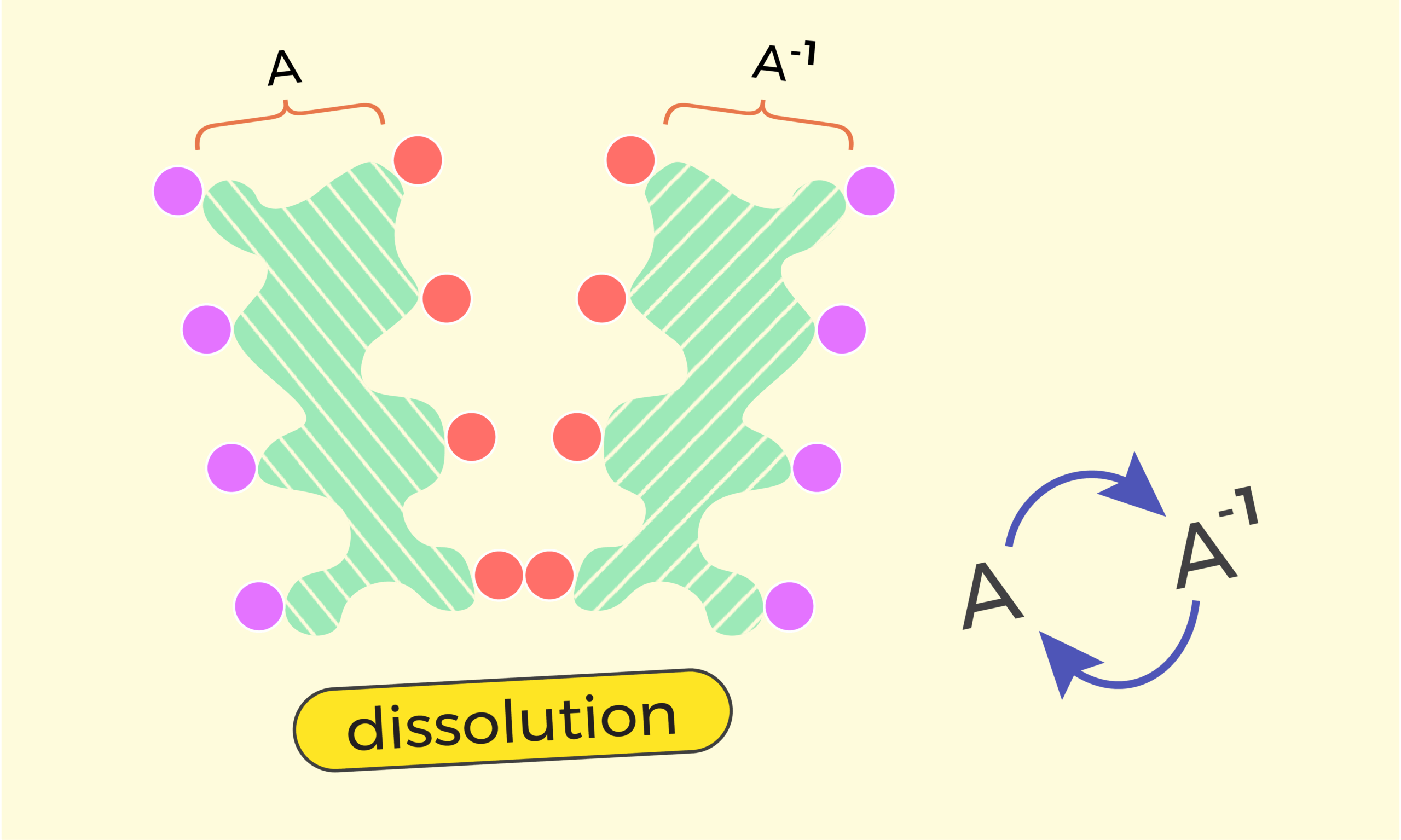Blog
Understanding Matrices | Part 4: Matrix Inverse

Exploring Matrix Inverses
Matrices are fundamental structures in mathematics, especially in fields like linear algebra, computer science, and engineering. Understanding the concept of a matrix inverse is vital for solving various equations and systems. In this article, we will delve into what a matrix inverse is, how to compute it, and its applications.
What is a Matrix Inverse?
In linear algebra, the inverse of a matrix is analogous to the reciprocal of a number. For a square matrix ( A ), the inverse is denoted as ( A^{-1} ). A matrix multiplied by its inverse leads to the identity matrix, represented as ( I ):
[
A \times A^{-1} = I
]
This property is crucial because the identity matrix acts as a neutral element in matrix multiplication, much like the number 1 in real number multiplication.
When Does a Matrix Have an Inverse?
Not all matrices possess an inverse. For a matrix to be invertible, it must meet specific conditions:
- Square Matrix: Only square matrices (equal number of rows and columns) have inverses.
- Determinant: The matrix must have a non-zero determinant. If the determinant is zero, the matrix is said to be singular and does not have an inverse.
How to Calculate the Inverse of a Matrix
Calculating the inverse of a matrix can be approached in several ways. Here, we will explore two primary methods: the Adjugate Method and the Gauss-Jordan elimination method.
The Adjugate Method
-
Find the Determinant: Calculate the determinant of matrix ( A ). If the determinant is zero, the matrix is not invertible.
-
Calculate the Adjugate: Find the matrix of minors, then apply the cofactor method, and transpose that result.
- Use the Formula: Once the determinant and adjugate are established, you can compute the inverse using the formula:
[
A^{-1} = \frac{1}{\text{det}(A)} \cdot \text{Adj}(A)
]
This formula states that the inverse of a matrix ( A ) is the adjugate of ( A ) divided by the determinant.
The Gauss-Jordan Elimination Method
This method involves augmenting the matrix with the identity matrix and applying row operations to get the identity matrix on the left:
-
Form the Augmented Matrix: Create an augmented matrix ( [A | I] ) where ( I ) is the identity matrix.
-
Row Reduction: Use elementary row operations to convert the left side into the identity matrix. The right side will then transform into ( A^{-1} ).
- Result: Once the left side is the identity matrix, the right side yields the inverse of ( A ).
Example of Matrix Inversion
Let’s consider a 2×2 matrix as a simple case:
[
A = \begin{pmatrix}
3 & 2 \
1 & 4
\end{pmatrix}
]
Step 1: Compute the Determinant
[
\text{det}(A) = (3 \cdot 4) – (2 \cdot 1) = 12 – 2 = 10
]
Step 2: Calculate the Adjugate
To find the adjugate, compute the cofactor matrix:
[
\text{Cofactor}(A) = \begin{pmatrix}
4 & -2 \
-1 & 3
\end{pmatrix}
]
Then transpose it:
[
\text{Adj}(A) = \begin{pmatrix}
4 & -1 \
-2 & 3
\end{pmatrix}
]
Step 3: Find the Inverse
Now, apply the formula for the inverse:
[
A^{-1} = \frac{1}{10} \cdot \begin{pmatrix}
4 & -1 \
-2 & 3
\end{pmatrix} = \begin{pmatrix}
0.4 & -0.1 \
-0.2 & 0.3
\end{pmatrix}
]
Applications of Matrix Inverses
Matrix inverses are vital in various applications across numerous fields:
-
Solving Linear Equations: In the context of systems of linear equations, using the matrix inverse can help find solutions efficiently.
-
Computer Graphics: Transformations in graphics often require the use of matrix inverses to manipulate shapes and images.
-
Economics and Statistics: In areas like econometrics, matrix inverses play a crucial role in regression analysis and other statistical models.
- Cryptography: Certain cryptographic algorithms utilize matrix inverses to encrypt and decrypt data securely.
Important Considerations
When working with matrix inverses, keep in mind the following:
- Always verify that the determinant is not zero before attempting to calculate the inverse. A singular matrix cannot be inverted.
- Computational complexity can increase with larger matrices, making some methods more efficient than others in specific contexts.
- Utilize software tools or programming libraries when dealing with high-dimensional matrices, as manual computation can be cumbersome and error-prone.
Conclusion
Understanding matrix inverses is essential for mastering various mathematical concepts and applications. Whether solving systems of equations, applying transformations in graphics, or engaging in data analysis, the principles behind matrix inverses provide a foundation for advanced topics. By practicing the methods outlined and exploring their applications, you can enhance your mathematical toolkit and improve your proficiency in linear algebra.
This comprehensive exploration of matrix inverses not only imparts critical information but also enhances your understanding, preparing you to apply these concepts effectively in practical scenarios.
